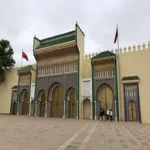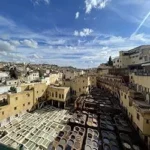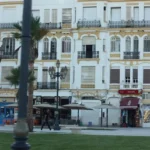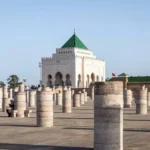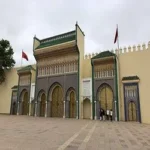Things To Do In Rabat
Rabat sightseen – What to see in Rabat?:
The city of Rabat has exotic gardens and interesting museums displaying the Roman ruins. Rabat, with its city gates, magnificent mosques, small back streets, and souks, fascinates any visitor. History of Rabat has the finest forms of art and culture, making people fall in love with this place. The region is a modern coastal city. The city’s homes and buildings are painted in white and the surroundings have beautiful gardens. In addition, Rabat has quite a few numbers of wide boulevards and is filled with out-of-the ordinary historical monuments and sites. It’s astonishing to believe that some of the sites are very ancient and originated as far ago as the 7th century.
The history of Rabat started in the 3rd century BC with a settlement called Chellah on the banks of the river Bou Regreg. Romans conquered Chellah in 40 AD and transformed it into their colony of Sala Colonia. Rome retained the settlement until 250 AD until it was taken over by the Berber monarchs. In 1170, because of its military significance, Rabat obtained the name Ribatu l-Fath, which means ‘stronghold of triumph’.
Yaqub al-Mansur, an Almohad Caliph, moved the capital of his kingdom to Rabat. In fact, he constructed the city walls of Rabat and the Kasbah of the Udayas (known as the world’s biggest mosque). But, Yaqub died before the completion of the Kasbah and the remains of the incomplete mosque still stand at present.
In 1912, the French occupied Morocco and established the territory. General Hubert, the French officer in charge, made a decision to move the kingdom’s capital from Fes to Rabat. Later in 1956, when Morocco attained independence, Mohammed V the then Emperor of Morocco decided to keep the capital in Rabat.

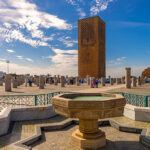
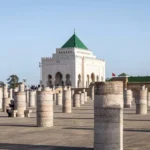
Things To See In Rabat?
A medieval fortified city buried in the heart of Rabat, Chellah stands as the remains of a pre-Islamic city which was abandoned in 1154 and then built upon by a Merenid Sultan. It is an atmospheric place, full of history and charm. Abandoned buildings and overgrown plants are intertwined with colorful, immaculately maintained flowers and fauna as well as public pathways. This allows visitors to explore the Roman and Islamic ruins, from a bathing pool to a madrasa.
At first sight, it appears as though this tower fell and split in half. However it was never actually completed. Started by the Almohads, Hassan Tower was intended to be the minaret for what the ruler, Yacoub al-Mansour, intended to be a majestic mosque. The beautiful and intricate designs on the tower, as well as the open and intriguing surroundings make it a a must-see. Just opposite lies a beautiful tomb of King Mohammad V and his two sons. The tomb is open to even non-Muslims. Visitors will be entranced by the gold-leaf ceiling and captivating carvings that lie inside the plain white building.
Occupying the oldest part of Rabat, Kasbah des Oudaias lies as the original site of the city, complete with stunning river and ocean views. Now a predominantly residential area, it is a peaceful and beautiful place to wander around the narrow, white-washed streets, some painted a refreshing blue. Enter through the original grand door of the city and explore the dainty and characterful streets to get an insight into historical life in Rabat.
Almost every big city in Morocco has a palace ready for the arrival of the King as a guest. However, the Palace in Rabat is King Hassan II’s official residence, and was built upon the ruins of an 18th-century palace. Home to many government offices, as well as quarters for the Royal Family, it is an important city building. While visitors cannot enter the main grounds, admiring the palace from the central pathway is still special.

